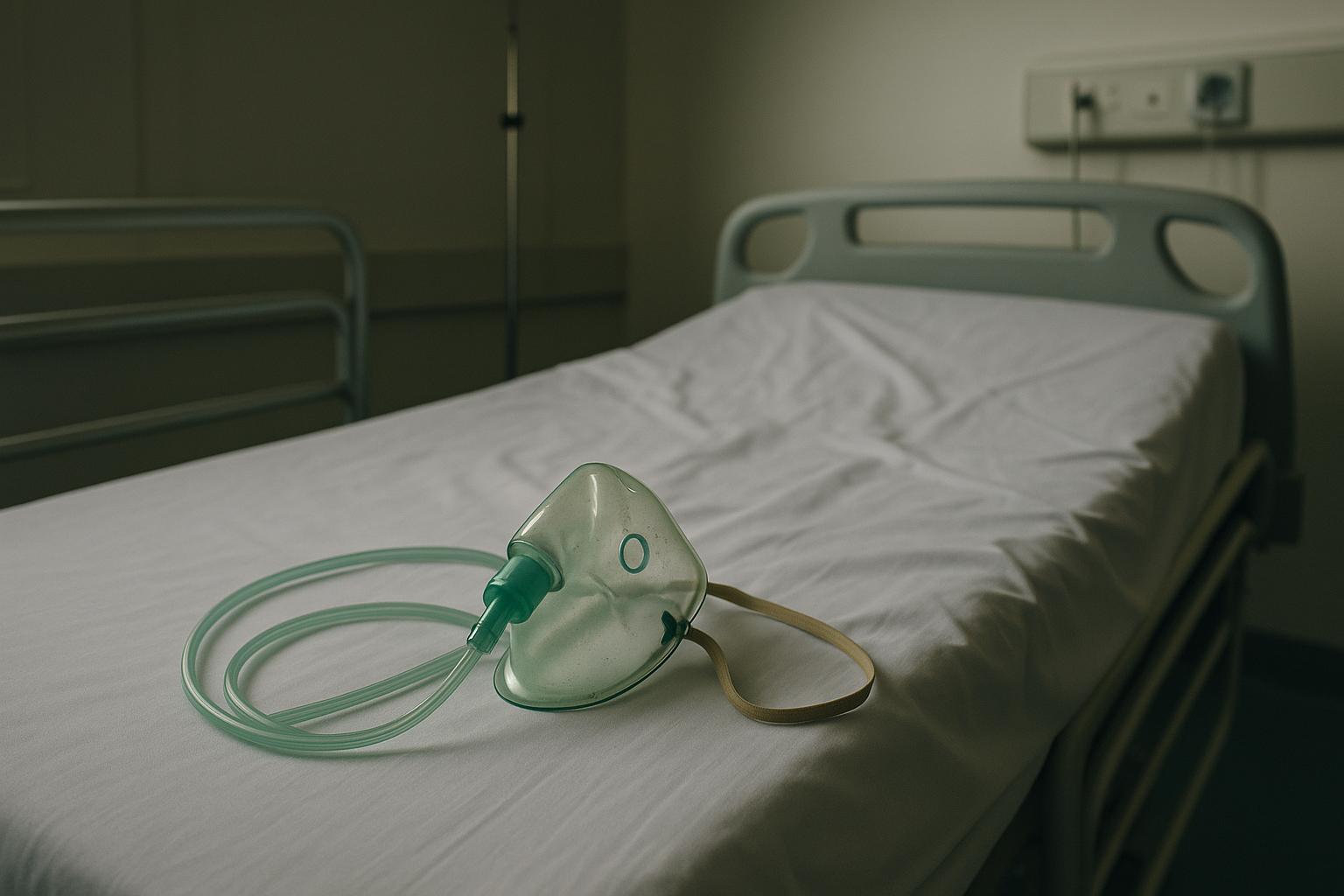Stroke care in England is under significant strain, with the Stroke Association warning that the system is in a “dire state,” leaving many patients without timely treatment or adequate aftercare. According to the charity, this situation amounts to a postcode lottery for crucial clot-busting treatments like thrombectomy, which can drastically reduce the impact of strokes by swiftly removing blood clots and restoring blood flow. Currently, less than half of eligible stroke patients receive this lifesaving procedure within the recommended 4.5-hour window. Moreover, only around a third of stroke survivors receive the vital aftercare necessary for physical and mental recovery, such as physiotherapy, speech and language therapy, and mental health support. The charity highlights that 65% of stroke survivors miss out on these essential services, which can profoundly affect their long-term well-being.
Juliet Bouverie, chief executive of the Stroke Association, emphasised that stroke care must be prioritised across the entire patient journey—from prevention and diagnosis to treatment and long-term recovery—to ensure survivors can live well both mentally and physically. She stressed the importance of structured six-month reviews following a stroke, which should assess patients’ ongoing physical and mental health needs. Yet, data from the 2024 Sentinel Stroke National Audit Programme reveals that only 35% of patients currently receive these reviews, marking the lowest level since 2019/20.
The scale of the challenge is growing alongside rising stroke incidence. NHS England data shows a 28% increase in hospital admissions for stroke since 2004, with over 111,000 admissions recorded in 2023/24 alone. The rise is partly due to an ageing population and lifestyle factors but also increasingly affects younger adults, with a 55% rise in strokes among those aged 50 to 59. The increasing number of stroke survivors underscores the urgency of improving care pathways and rehabilitation services.
Despite these concerns, the NHS has reported some progress. More patients are being discharged into specialist stroke rehabilitation services, with over two-thirds now receiving such care following their hospital stay. The rate of clot-busting thrombolysis has also improved, rising from 10.7% in 2022/23 to 11.6% in 2023/24, while hyperacute interventions have increased over the past five years. However, these gains coexist with persistent regional disparities and delays in accessing specialist units—only 47% of patients were sent directly to specialist stroke units within four hours in 2023/24, down from 58% a decade ago.
The Stroke Association’s warnings are echoed in the experiences of survivors like Patsy Hyman from west London, who after experiencing a stroke and receiving initial hospital care, found herself without the ongoing support crucial for recovery once targeted NHS-commissioned services were defunded. Her story highlights the individual toll of systemic shortcomings: stroke recovery is complex and requires personalised, sustained support well beyond initial treatment.
Further, less than a quarter of stroke survivors receive timely speech and language therapy needed to manage communication difficulties. Latest audit figures revealed that only 24.8% of patients were assessed within 24 hours of hospital arrival, and fewer than half within 72 hours, with therapy time in hospitals declining over recent years despite rising demand.
Recognising these gaps, NHS England has launched a National Stroke Programme in partnership with the Stroke Association and clinical experts aimed at addressing key issues in stroke care. The programme seeks to dramatically increase the number of thrombectomy treatments delivered, boost specialist workforce capacity, and expand six-month recovery reviews from 29% to an ambitious target of 90%. It also aims to improve rehabilitation services and the data quality of audits like SSNAP to ensure continuous improvement across the stroke care pathway.
However, the ongoing variation across regions and the limited provision of follow-up care point to the need for sustained political and financial commitment. The Stroke Association insists that stroke must be treated as a healthcare priority at every stage if more survivors are to live fulfilling lives after their strokes.
In summary, while there are signs of progress in stroke treatment and rehabilitation in England, the current picture remains one of stark inequalities, insufficient aftercare, and growing demand. The call from experts and advocates is clear: urgent action is needed to close gaps in provision and ensure all stroke survivors receive timely, comprehensive, and consistent care regardless of where they live.
📌 Reference Map:
- Paragraph 1 – [1] Irish News, [2] Independent
- Paragraph 2 – [1] Irish News, [2] Independent
- Paragraph 3 – [3] Clinical Services Journal
- Paragraph 4 – [1] Irish News, [5] HQIP SSNAP Report, [4] Standard
- Paragraph 5 – [1] Irish News
- Paragraph 6 – [7] Stroke Association, [5] HQIP SSNAP Report
- Paragraph 7 – [6] NHS England, [1] Irish News
- Paragraph 8 – [1] Irish News, [2] Independent
Source: Noah Wire Services
